The increasing importance of electrical resiliency at airports

When officials at the Bill and Hillary Clinton National Airport in Little Rock, Arkansas were faced with an emergency incident involving one of their electrical vaults, they contacted Garver’s Aviation Team in search of a solution. Officials wanted not only a fix for the specific problem, but a long-term solution to ensure that something similar wouldn’t happen again. Garver’s Aviation Electrical Team stepped in to evaluate, and although the airfield electrical system was in compliance with current FAA design standards, Garver’s solution went beyond those in identifying both emergency power and special system improvements.
In this IQ&A, Garver’s series of conversations with leading experts delivering value to communities across the country, Aviation Quality Manager Eric Farmer, PE, discusses how Garver is making airfield lighting systems not only efficient, but resilient to future problems.
What led your team on a path to helping the airport become more resilient?
Over the last decade or so, airports across the country have been replacing incandescent lighting with LED fixtures. These have proven popular for a variety of reasons, including lower energy consumption and less maintenance, both of which save airport operators time and money. But another aspect is how the reduced lighting level load impacts the rest of an airport’s electrical systems. If the emergency incident – a fire at one of the airport’s two airfield lighting electrical vaults – would have occurred at night, a section of the airfield would have been shut down. Luckily, that wasn’t the case. But it did make us take a step back and think 'How can we leverage energy savings to make this electrical system more resilient in the future? How can we do this right going forward?'
How did recently installed LED lights help in finding a solution?
We, of course, want our systems to work properly and be reliable all the time, but when they do, you can sometimes be hesitant to evolve. For this evaluation, we wanted to go outside the box – really think through what improvements would be possible. This ’outside-the-comfort-zone’ approach can help to realize that the previous setup was not nearly as resilient as it needed to be. It made us realize that the power distribution system wasn’t configured the way it could be. And considering we had half the load that we used to have following the installation of the LED lights, we were provided with a bit of flexibility regarding our options. For instance, generators can be smaller in size, and the fire alarm system can include an early warning/detection type, environmentally agent safe, fire suppression system. We needed a zero-tolerance policy for power interruptions. So, this allowed us to recommend and provide a new generator at each location, including the West Vault, the East Vault, and the ARFF building. With this system in place, West and East airfield lighting are independently provided backup emergency power, helping to ensure the airport’s resiliency to power outages.
How is the airfield now more resilient? And what made it possible?
First, we added generators at three different locations – the West Vault, the East Vault, and the ARFF building. These are natural gas generators, rather than diesel generators, thus a more environmentally friendly fuel type emergency power system. In addition, we installed Uninterruptable Power Systems (UPS) at each vault location, so that each UPS will back up each lighting complex during power outages, enabling time for the natural gas generator to start and then take over emergency power needs. In addition, we added docking stations to each vault, so that if the generators are down for maintenance or have an issue and go offline, the airport can quickly connect and receive power from a trailer generator. Now, if an incident were to occur, the airport has greater resiliency from abnormal power outages and risks to airport operations, no matter the time of day.
What allowed these additions to occur with economical savings was the energy and power saved from the switchover to LED airfield lighting, which was installed in phases over the previous 10 years and resulted in over 55% less load than the previous incandescent lighting required. This made it so we could utilize smaller generators, UPS, and power distribution equipment – essentially half the size of the previous configuration – at each vault.
How will resiliency impact electrical projects at airports going forward?
The word resiliency has always been in the industry vocabulary, but it has typically been secondary in nature to airport improvement projects. As can be seen in our world events and in new projects requests from our clients, it has become a primary concern, so much so that it’s now at the front of our minds for every aviation electrical project that we take on. We see that changes are occurring as we move into electrical vehicle charging, eVTOL aircraft facilities, solar and battery backup systems, and the overall changes in our transportation infrastructure systems across the U.S. In some places, it is going to have to play the catch-up game. Airport electrification master plans are becoming more and more commonplace as airports become more and more cognizant of their capabilities, where their systems are lacking, and what the future holds. We always think this way, but it’s becoming more on the minds of owners, who are looking at making their electrical systems more resilient than in the past, and we’re here to help them accomplish that goal.
To learn more about how airports across the country can make their electrical systems more resilient, contact Garver Aviation below.

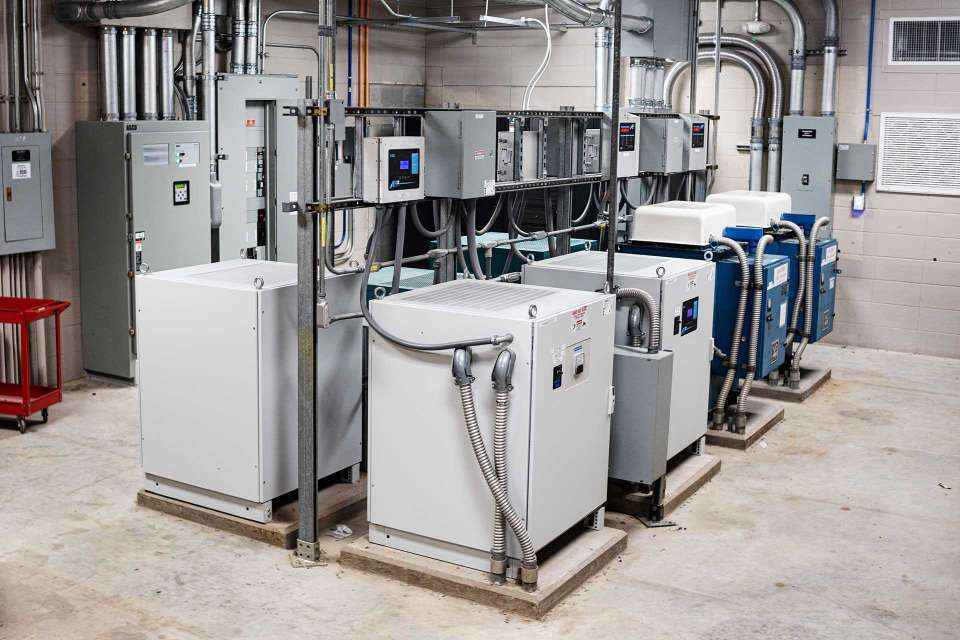
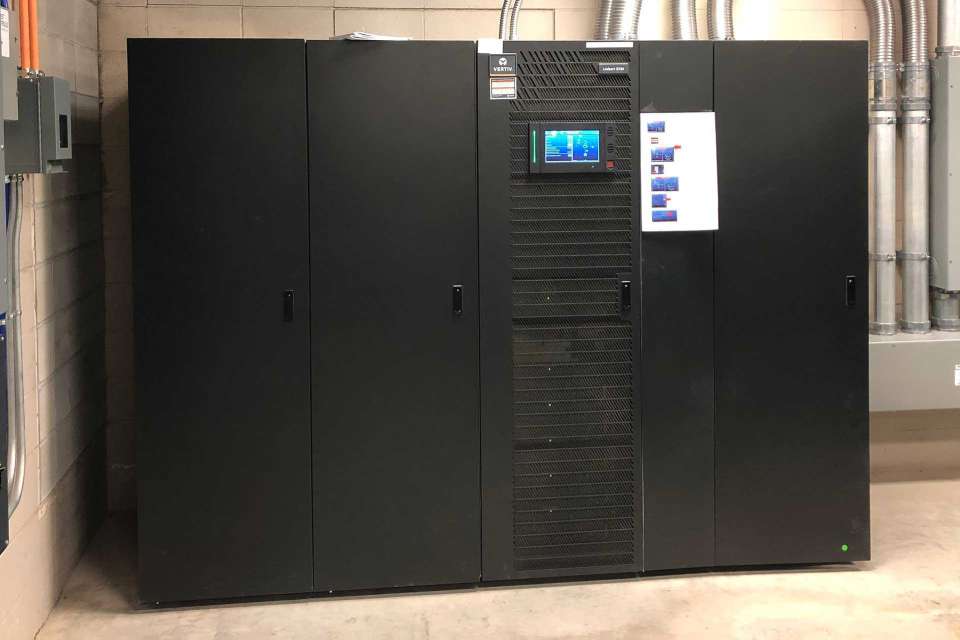
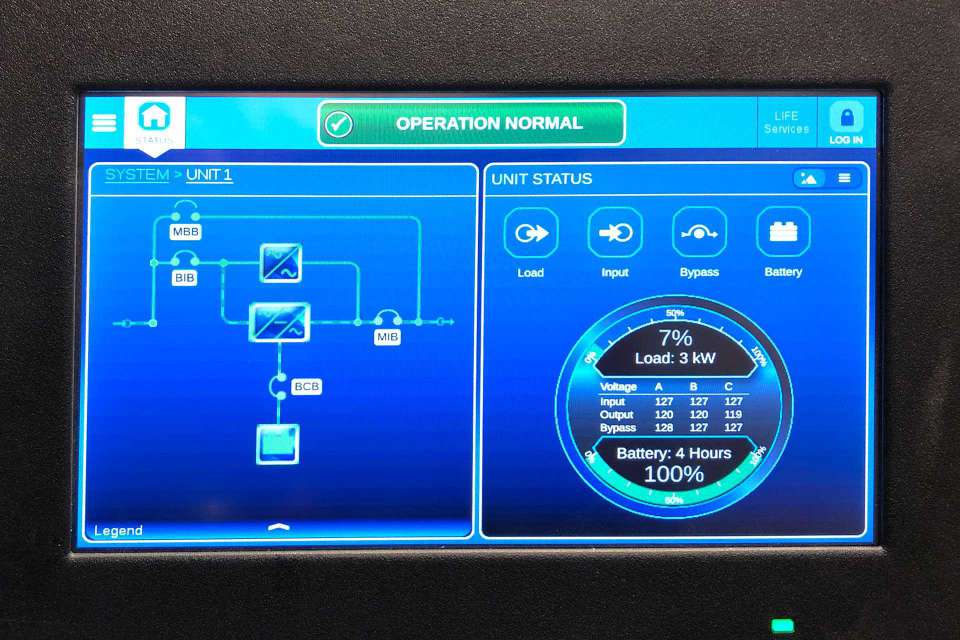
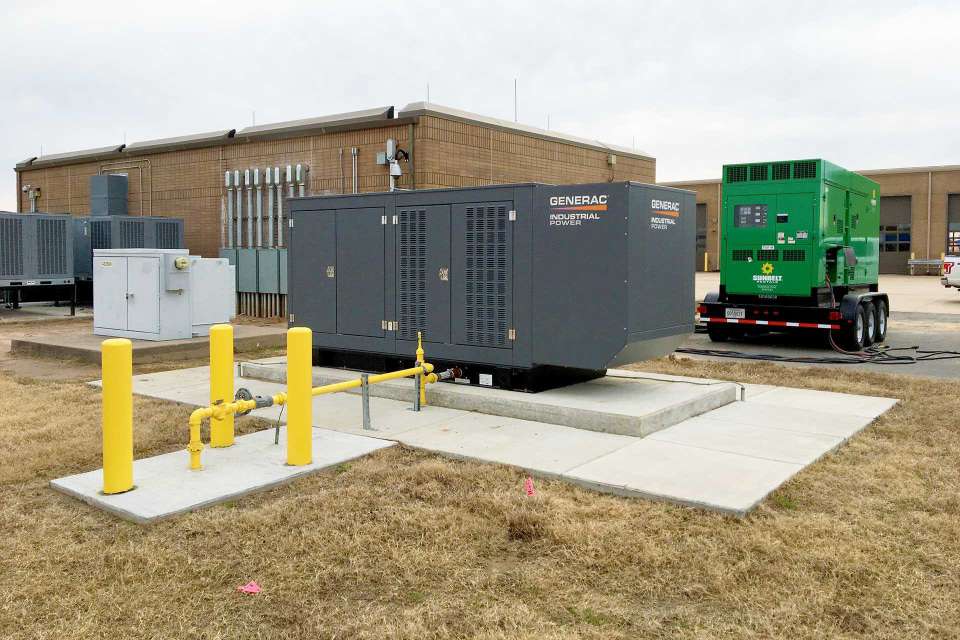
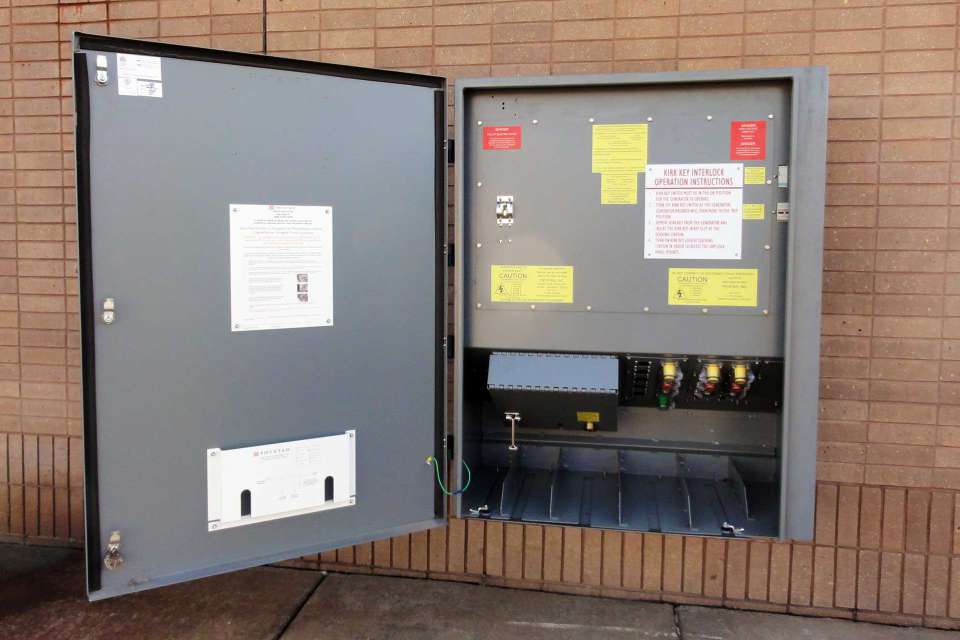
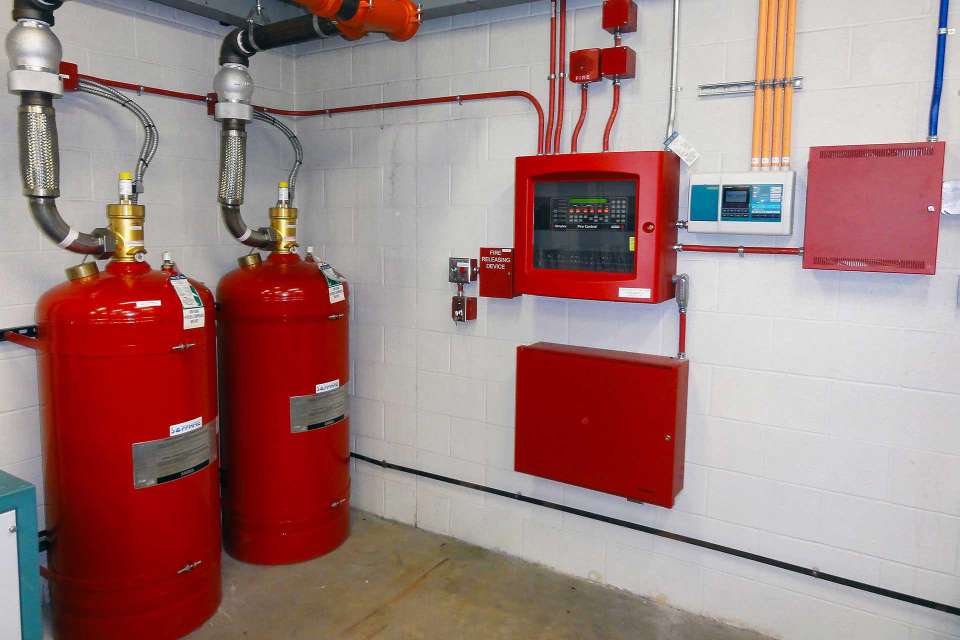








Share this article